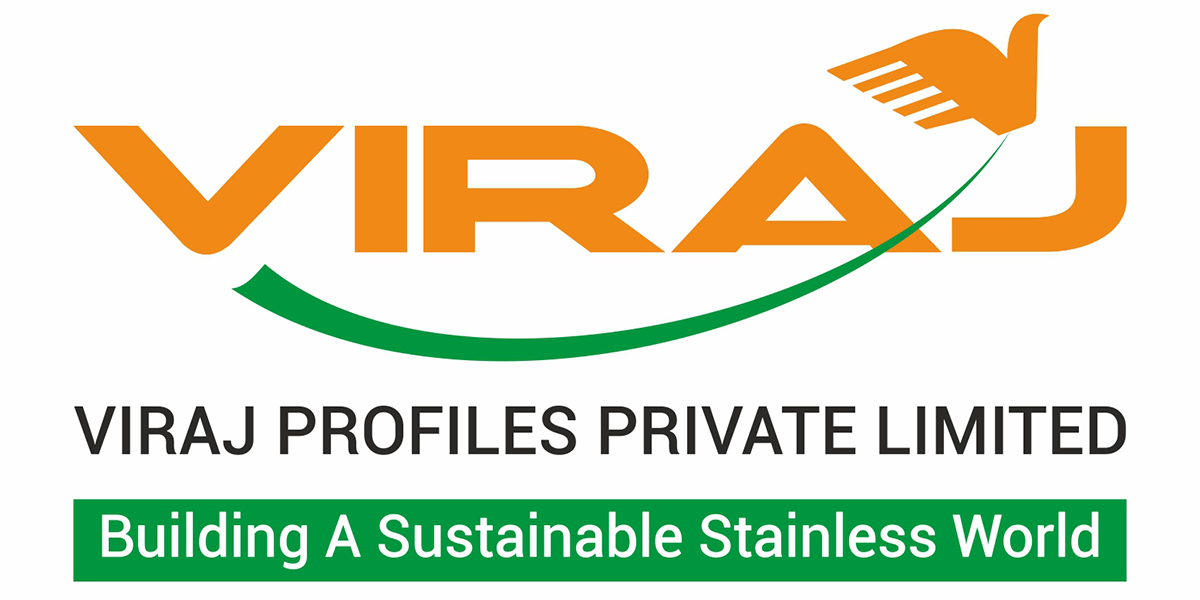Never has there been a time in Australia when water preservation was so critical. As populations rise and dam levels fall, the importance of treating and reusing water has become not a question of “if” but a question of “when”.
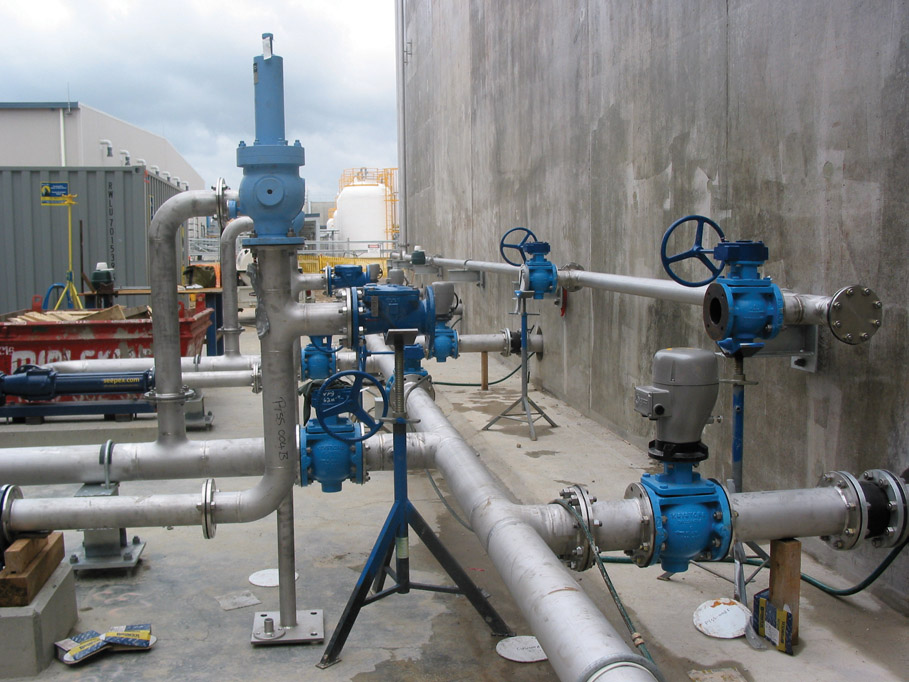 The construction of Bundamba Advanced Water Treatment Plant (BAWTP) west of Brisbane is aimed at alleviating pressure on South East Queensland’s existing dams and waterways by providing an alternate water supply for end users in the region, initially Swanbank power station.
The construction of Bundamba Advanced Water Treatment Plant (BAWTP) west of Brisbane is aimed at alleviating pressure on South East Queensland’s existing dams and waterways by providing an alternate water supply for end users in the region, initially Swanbank power station.
The project has had great flow on benefits for the Australian stainless steel industry as infrastructure requirements point


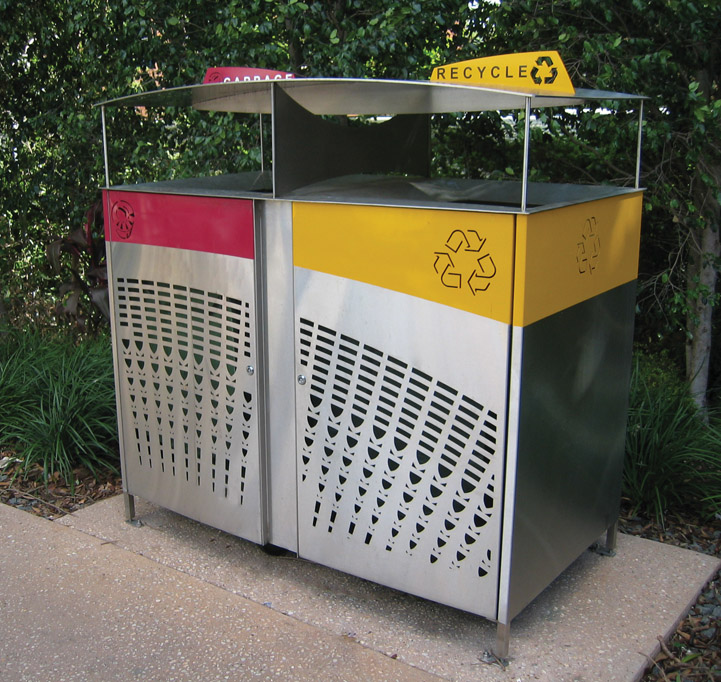


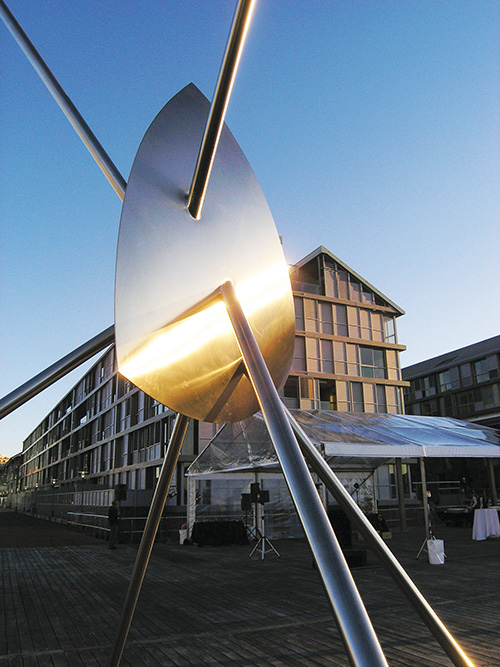 relationship between people and the sea, stainless steel seemed like a natural choice.
relationship between people and the sea, stainless steel seemed like a natural choice.
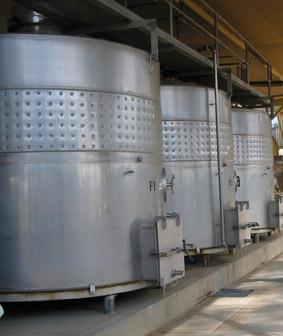 For a country like Australia - a big supplier of metals - it’s good news, and we have all enjoyed the benefits of the minerals boom. But those of us in the stainless steel industry have seen prices increase markedly, and it has been hard to cope with. We live in interesting times.
For a country like Australia - a big supplier of metals - it’s good news, and we have all enjoyed the benefits of the minerals boom. But those of us in the stainless steel industry have seen prices increase markedly, and it has been hard to cope with. We live in interesting times.

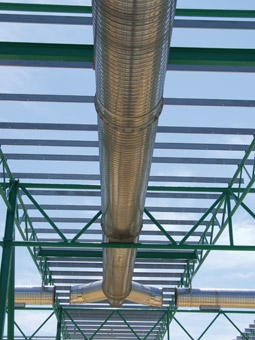 The $80m building is due for completion in 2009 and will save on landfill, reduce greenhouse gas emissions, and will produce a rich organic matter that may be added to Perth’s sandy soil.
The $80m building is due for completion in 2009 and will save on landfill, reduce greenhouse gas emissions, and will produce a rich organic matter that may be added to Perth’s sandy soil.



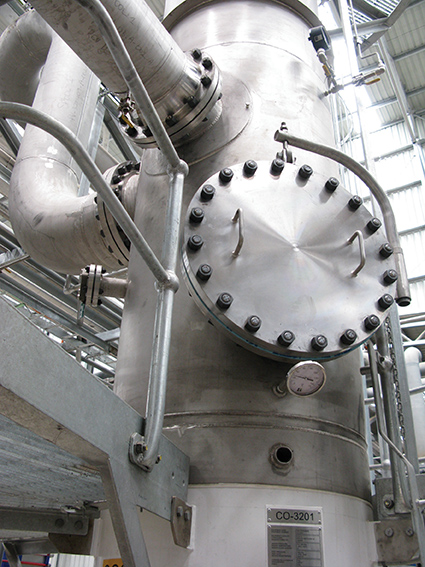

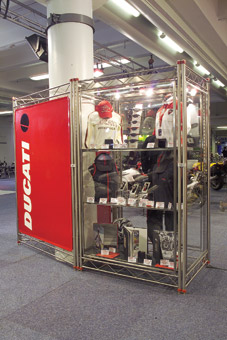 McMartin, who also won the championship in 2001 and 2002, rode his Ducati Sydney 999S to his third victory at the final round held in September 2004 at Phillip Island, Victoria.
McMartin, who also won the championship in 2001 and 2002, rode his Ducati Sydney 999S to his third victory at the final round held in September 2004 at Phillip Island, Victoria.
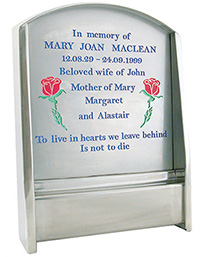 With no prior experience or previous interest in cemetery and crematorium industry, mechanical engineers Allan Burman and Albert Boer started a business to manufacture and supply modern stainless steel memorials.
With no prior experience or previous interest in cemetery and crematorium industry, mechanical engineers Allan Burman and Albert Boer started a business to manufacture and supply modern stainless steel memorials.
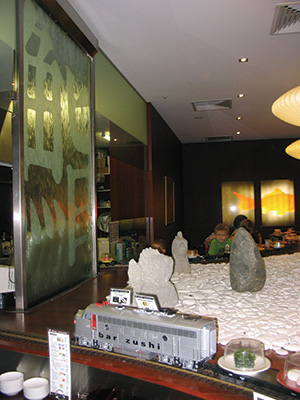

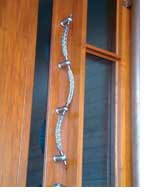 McLaren has combined both his profession of architecture with the industrial world of wire rope manufacture to invent a stunning range of braided door pulls that blur the lines between wall mounted art and the functional door pull.
McLaren has combined both his profession of architecture with the industrial world of wire rope manufacture to invent a stunning range of braided door pulls that blur the lines between wall mounted art and the functional door pull.
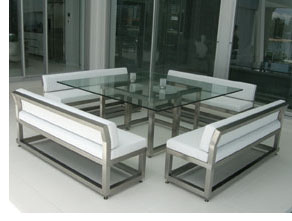 By night, the beds are a stunning poolside feature with a supplied light box gently projecting a kaleidoscope of colour on the swirling stainless steel surface.
By night, the beds are a stunning poolside feature with a supplied light box gently projecting a kaleidoscope of colour on the swirling stainless steel surface.

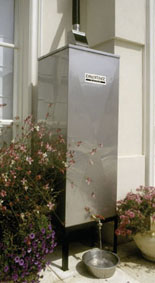 In 1994, ASSDA member, Hart to Hart Fabrications developed the Raincatcher - a unique design that separates the atmospheric and roof pollutants from the water.
In 1994, ASSDA member, Hart to Hart Fabrications developed the Raincatcher - a unique design that separates the atmospheric and roof pollutants from the water.




